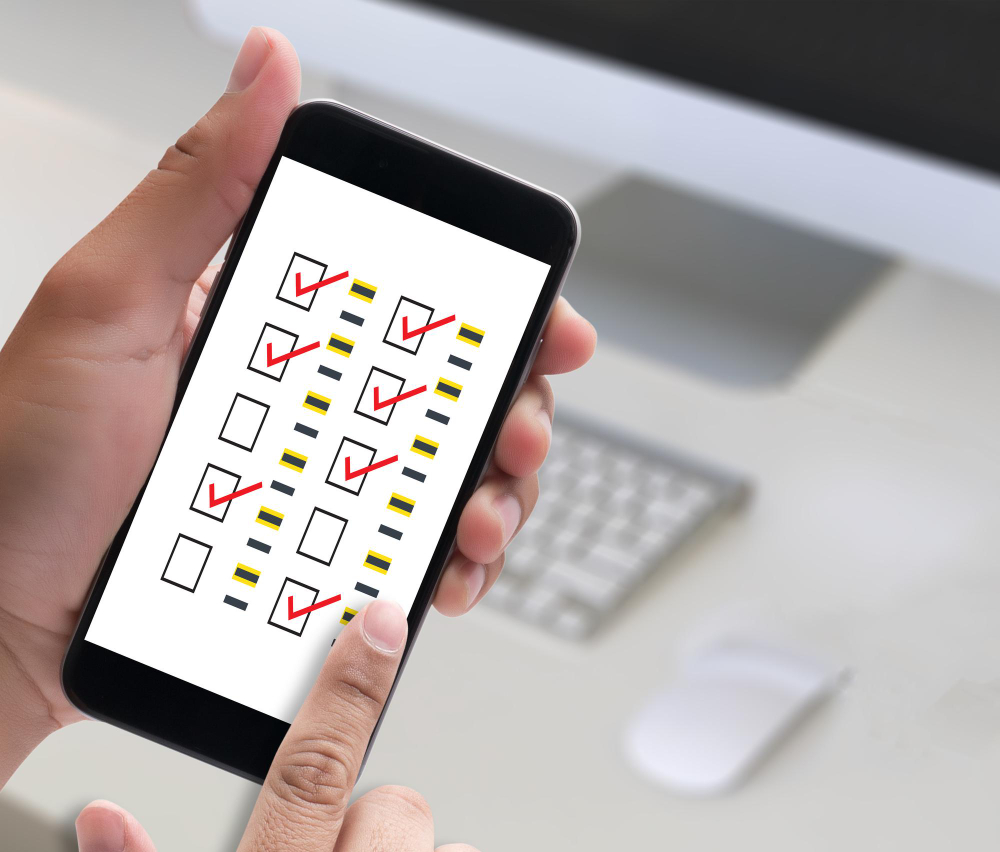What are the top 10 checklists to consider before launching a mobile app?
1. Uncover Market Secrets and Understand Your Audience
Before diving into app development, it’s essential to identify your target audience and understand their needs and preferences. Conduct thorough market research to uncover valuable insights and gather proper details about your competitors’ strategies in the app development process.

2. Develop a Strong Marketing Strategy
Create a comprehensive plan for pre-launch, launch, and post-launch marketing activities. Utilize various channels like social media, influencers, and press releases to build anticipation and acquire users. Define KPIs to measure marketing effectiveness and adjust strategies accordingly for maximum visibility and downloads.
3. Choose the Right App Store and Platform
Decide on the preferred app store for development and launch, considering factors such as reliability and reach. Android and iOS platforms are typically the primary choices, but selecting the right platform depends on your target audience and business objectives.
4. Prioritize User Experience (UX) and User Interface (UI) Design
Emphasize intuitive and visually appealing design elements to enhance the overall user experience. Conduct usability testing to identify and address any potential pain points or usability issues before launch, ensuring a seamless experience for your users.
5. Conduct Beta Testing and Soft Launch
Conduct beta testing with a select group of users to gather feedback and identify any final adjustments needed before the official launch. Consider a soft launch in specific regions or markets to test the app’s performance and gather additional insights before a full-scale release.
6. Optimize App Performance and Security
Optimize your app’s performance to ensure fast loading times and smooth functionality across various devices and platforms. Implement robust security measures to safeguard user data and protect against potential cybersecurity threats, complying with relevant regulations and industry standards.
7. Implement App Store Optimization (ASO)
Optimize your app’s listing on app stores by using relevant keywords, engaging app descriptions, and high-quality visuals. Research and analyze competitor listings to identify strategies for improving visibility and downloads, maximizing your app’s potential reach and success.
8. Establish Feedback Mechanisms
Implement feedback mechanisms, such as in-app surveys or customer support channels, to gather user feedback and insights. Use this feedback to continuously improve your app and address any issues or concerns raised by users, fostering a positive user experience and long-term engagement.
9. Monitor and Iterate Post-Launch
Monitor key performance metrics, such as user engagement, retention rates, and revenue generation, post-launch. Continuously improve your app based on user feedback and analytics data, ensuring its long-term success and sustainability in the competitive app market.
10. Ensure Legal Compliance and IP Protection
Ensure compliance with relevant laws like data protection, obtain necessary licenses, and protect intellectual property through patents or copyrights. Regularly update legal documentation to reflect changes in regulations or business practices, safeguarding against infringement and unauthorized use by competitors.

In conclusion, launching a mobile app requires meticulous planning, strategic decision-making, and a thorough understanding of your target audience and market dynamics. By following these ten essential checklists, entrepreneurs, investors, and marketers can increase their chances of a successful app launch and maximize their app’s potential for growth and success in the ever-evolving mobile landscape.
